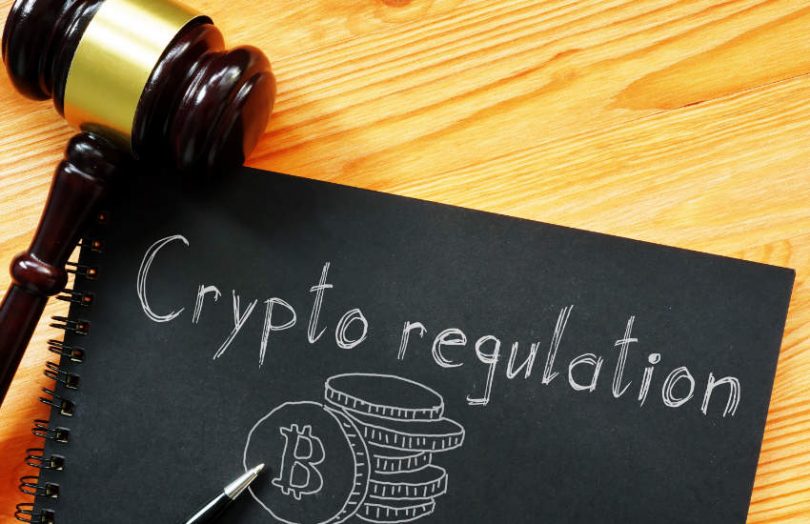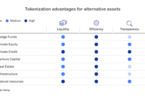Last week the Chair of the Basel Committee on Banking Supervision, Pablo Hernández de Cos, talked about crypto-assets. His personal view is that bank capital requirements for exposure to crypto-assets should be strong, consistent with the first Basel Committee consultation process, which started last year.
Those proposed rules gave the maximum 1250% risk weighting for most cryptocurrencies other than asset-backed stablecoins and tokenized conventional assets. The first round of feedback is now closed, and the second round of consultation is planned within months.
The Basel Chair said he did not want to pre-empt the results, but his personal view is that “diluting bank capital requirements because of a fear that crypto-asset activities will migrate outside the regulated banking system is not a convincing argument.”
His argument is that bank cryptocurrency exposures are currently limited, so there’s not much to migrate. While this may be true, banks might argue that regulations are a key reason for not moving faster during the period when cryptocurrency trading has grown exponentially.
Hernández de Cos stated that the key was to pull the “shadow” crypto financial system within the regulatory perimeter globally and pointed to work being done by the Financial Stability Board (FSB). Last week the FSB Chair Klaas Knot confirmed it is moving forward with work on regulating and supervising unbacked crypto-assets and stablecoins.
Classifying crypto-assets
While Hernández de Cos didn’t detail the feedback received regarding crypto-asset Basel rules, one topic respondents covered extensively related to the classification of crypto-assets.
The first Basel proposal had a simple classification, including a lower risk group comprised of tokenized traditional assets or certain asset-backed stablecoins. The second group covers all other cryptocurrencies, with the categorization intentionally a simple one.
Multiple respondents noted that the second classification group covering other crypto-assets covers a range of tokens, including Bitcoin, Ether, other network tokens, utility tokens, and DeFi. They disagreed that these should all be given the same risk rating.
Stablecoins and tokenized traditional assets also received much attention in the responses. Some wanted to exclude tokenized bank balances as they believe current rules already cover them. The European Banking Federation (EBF) wished to see tokenized assets or asset-backed stablecoins that failed to receive the lower risk threshold treated more leniently than the Bitcoin group.
Under the first Basel proposals, the now-collapsed Terra UST stablecoin would be considered a cryptocurrency with a high risk rating. The EBF wanted to distinguish that type of algorithmic stablecoin from algorithmic tokens that are centrally controlled with a corporate consortium guaranteeing the 1-to-1 peg. However, it wasn’t suggesting this sort of stablecoin would receive the same risk classification as asset-backed stablecoins.







